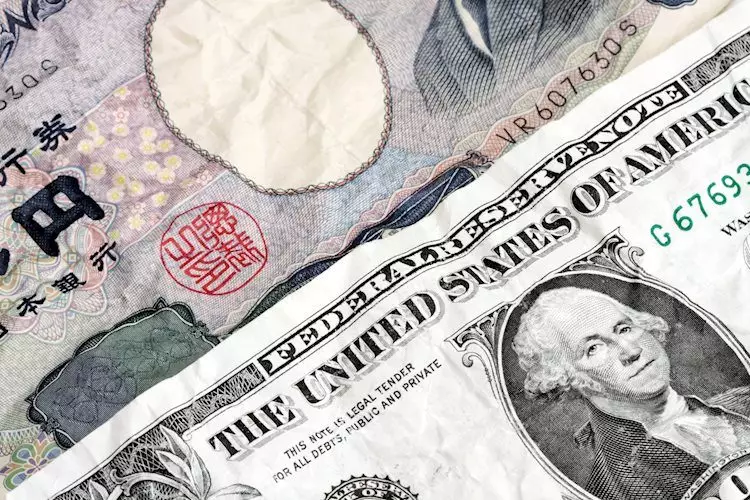The Japanese Yen has recently experienced a modest upward tick, primarily driven by changes in domestic inflation that have rekindled expectations for rate hikes from the Bank of Japan (BoJ). Nevertheless, this rise appears tempered by the robust performance of the US dollar, which has solidified its standing near highs not seen in over a year. The interaction between the Yen and US dollar reflects broader market sentiments, influenced by data both domestically in Japan and across the Pacific in the United States.
Recent reports from the Japan Statistics Bureau indicate a slight easing in the National Consumer Price Index (CPI), with the YoY rate dipping from 2.5% to 2.3% in October. This drop could create a nuanced narrative for the BoJ, especially since the core CPI, which omits the impact of fresh food prices, held steady at 2.3%. Additionally, the core inflation metric, which excludes both energy and fresh food costs, increased from 2.1% to 2.3% year-over-year. Such figures suggest persistent inflationary pressure despite a minor overall easing, raising significant considerations for monetary policy.
Governor Kazuo Ueda of the BoJ has indicated that the recent fluctuations in foreign exchange rates will be taken seriously, possibly hinting at further potential interest rate hikes in the upcoming December meeting. The geopolitical landscape, especially tensions stemming from the Russia-Ukraine conflict, has also played a role in instigating a more favorable environment for the Yen during that period. This backdrop demonstrates how interconnected local economic conditions are with global events and market mood.
In contrast to the Japanese data, the United States continues to display resilience in its economic performance. Notable reductions in weekly initial jobless claims suggest a robust labor market, with recent figures dropping to 213,000, a seven-month low. Additionally, existing home sales rebounded substantially in October, marking a significant recovery since prior market lows. This positive outlook on the US economy likely strengthens the dollar, curbing any drastic appreciation of the Yen.
However, challenges remain as evidenced by the unexpected contraction in the manufacturing index in the Philadelphia region. This decline has prompted discussions among Federal Reserve officials regarding the ongoing trajectory of inflation, with suggestions of a tempered approach to interest rates. The mixed signals from US economic indicators arguably contribute to a cautious sentiment in the markets, as traders navigate the balance between growth and persistent inflation concerns.
Investor sentiment currently reflects a broad apprehension toward inflation, alongside expectations of fiscal expansion that could keep US Treasury bond yields elevated. This environment serves as a double-edged sword for the Yen, a traditionally safe-haven asset. Despite its recent improvement, the Yen’s prospects are inevitably linked to global financial conditions, which are characterized by fluctuating market moods.
From a technical standpoint, the USD/JPY pair has shown notable resilience, particularly around the 154.00 mark, which corresponds with the 100-period Simple Moving Average (SMA) on the 4-hour chart. Traders are currently eyeing potential buying opportunities should the pair drift toward the 153.30-153.25 range, while a downturn past the 153.00 threshold may lead to further declines towards the mid-152.00 area. Conversely, upward momentum beyond the 155.00 psychological resistance could trigger a rally towards the 156.00 mark and potentially beyond, reflecting the interplay of supply and demand dynamics.
In summation, the trajectory of the Japanese Yen amid strengthening domestic inflation and a robust US dollar illustrates the intricate dynamics at play in global currency markets. As traders look forward to forthcoming data releases on US manufacturing and consumer sentiment, the landscape is filled with opportunities and uncertainties. The interplay of domestic policies, inflation expectations, and global economic conditions will undoubtedly shape the movement of the Yen in the coming weeks. For now, stakeholders are poised at a critical juncture that highlights the significance of responsiveness to both quantitative data and qualitative geopolitical factors.

